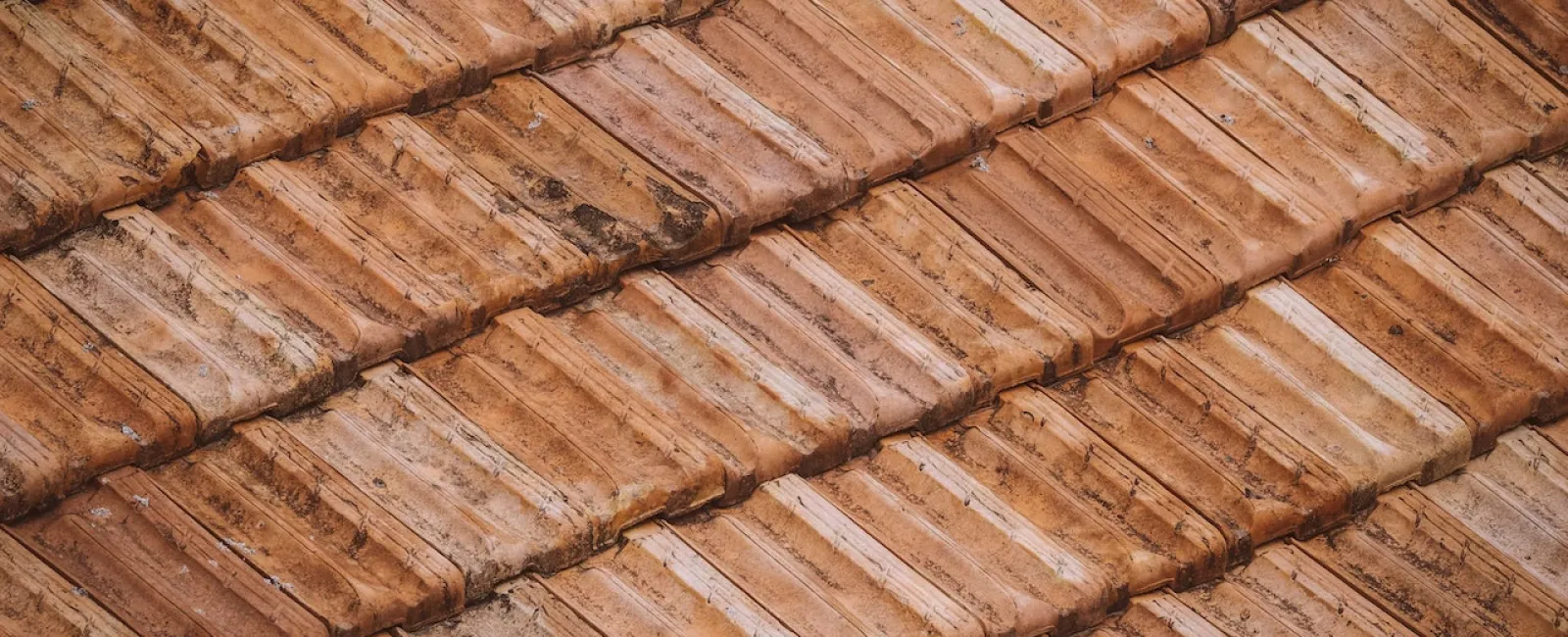September 29, 2022
Roofs deteriorate when exposed to direct sunlight for an extended time. If this happens, the shingles on your roof may bend, degrade, and peel back. This exposes the timber beneath the shingles to the weather.
Which kind of roofing is most prone to deterioration? When should you replace your roof? If your roofing is beyond 15 years old and you've seen bald areas, it's time to repair it. If at all feasible, replace before the summer heat comes in.
In this article, we'll share three tips to help prevent damage to your roof.
1. Know the Risk of Extreme Heat
Roofs cannot sustain the stress of severe heat for an extended time. Heat is a common cause of asphalt shingle cracking. The high temperature also causes scorching of the tiles on your roof.
The extreme heat at the building's apex might damage the decking on your roof. As a result, the top of the roof collapses and deteriorates.
When left to dry, caulk and asphalt shingles can lose structural integrity, lowering the longevity of your roof. There might be an issue with the caulk surrounding the flashing. Such hidden degradation will ultimately lead to roof leaks, which will be challenging to detect.
2. Work with a Skilled Roof Inspector
Suitable roofing materials can help shield your property from the sun's beams. Asphalt shingles are a dependable roofing material in warmer regions. Metal, clay tiles, and even concrete are acceptable for tropical environments. A lighter hue should be utilized on your roof to lessen the quantity of heat absorbed.
Heat can be observed to affect objects at eye or ground level, such as your lawn and garden (as well as your power bill). Still, its effects on the roofs above our heads are often underestimated. Although your roof should be long-lasting, high heat can harm it over time.
3. Check for Signs of Wear and Tear
It is critical to remember that heat-related roof dangers are common and can be a major cause of roof damage. Aside from the increased humidity that occurs with summer, the roof's frequent exposure to sunlight might diminish its longevity.
The look and severity of heat damage to your roof might help you identify it. Take note of and keep an eye out for the following:
- Angle of Slope: When the roof's pitch is low, a more extensive surface area is directly exposed to light for a longer time. A higher gradient is ideal for this purpose.
- Ultraviolet Radiation from the Sun (UV): Summer has the smallest average distance between the sun and the Earth. This increases the quantity of sunshine that the roof must protect itself from during the day. When exposed outdoors, shingles can disintegrate due to UV radiation, causing them to peel or melt. Because tile roofs do not absorb heat as efficiently as other materials, they "bounce" less heat off the home.
- Shock Heating: Thermal shock occurs as the roofing system expands and compresses due to frequent temperature fluctuations. The more often this takes place, the shorter the roof's lifespan. Even older roofing systems might fail due to temperature stress, resulting in leaks and other issues for the homeowner.
Conclusion
It is essential to be aware of the potential dangers that heat can pose to your roof. Roof failure is often caused by exposure to both the sun and heat, and a skilled roof inspector can advise you on whether or not the caulk needs to be updated.
You should look for signs of wear and tear, such as the angle of the slope and the amount of ultraviolet radiation from the sun. By considering these factors, you can help prolong your roof's life and avoid costly repairs down the road.
Cardinal Roof is one of the best roofing contractors in Birmingham, AL. We serve both residential and commercial clients in Alabama and Middle Tennessee. Contact us today.

